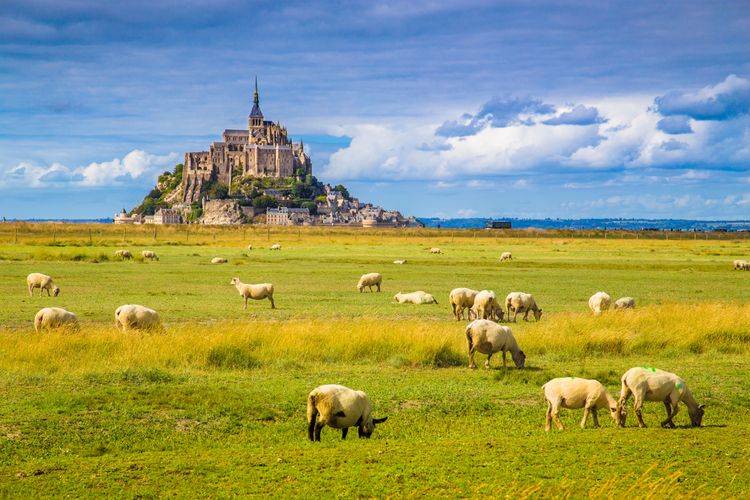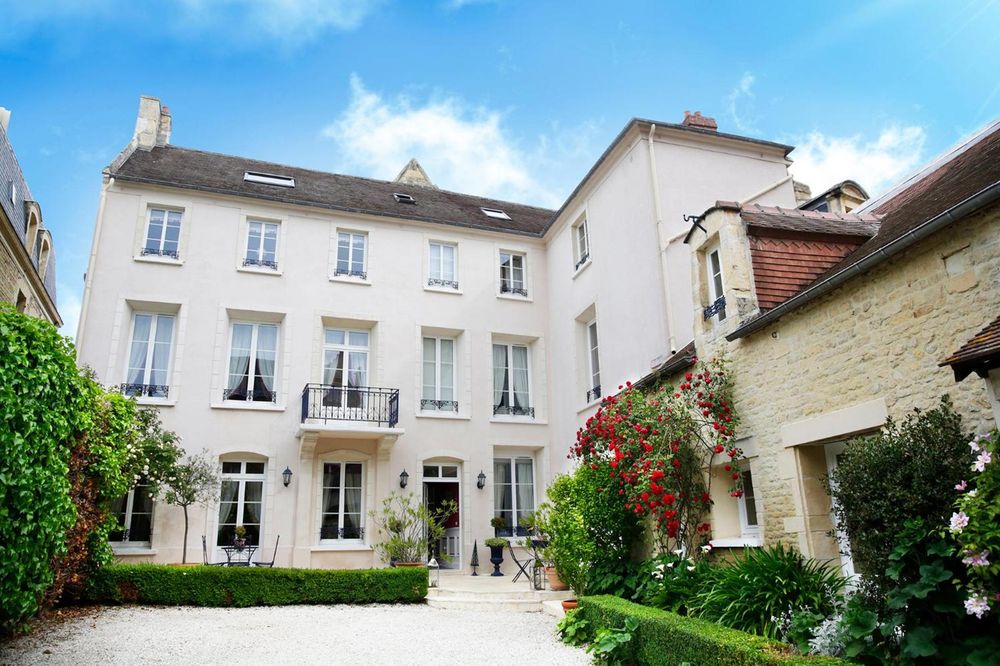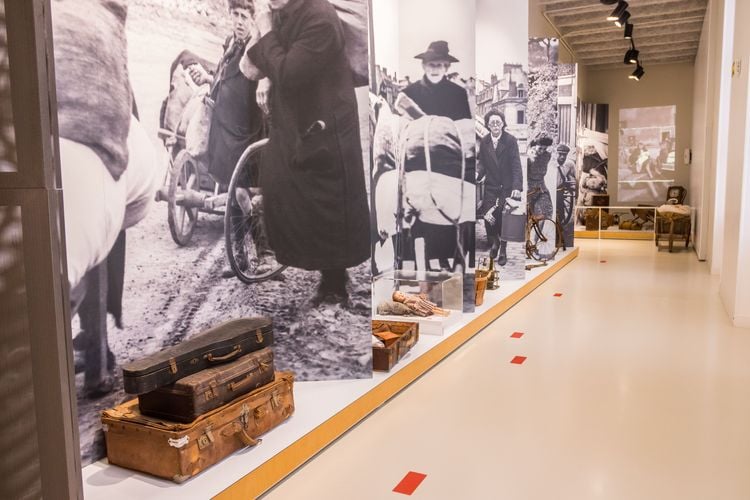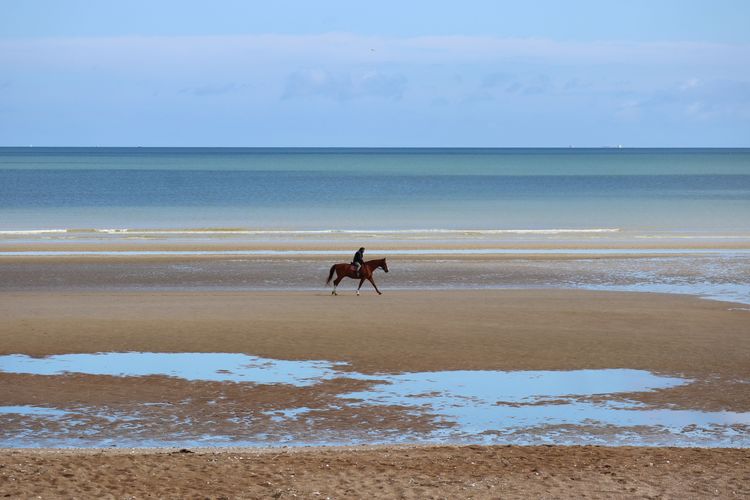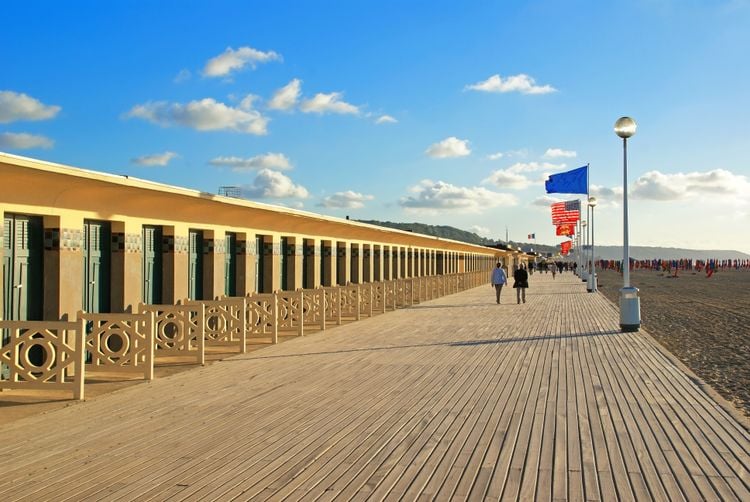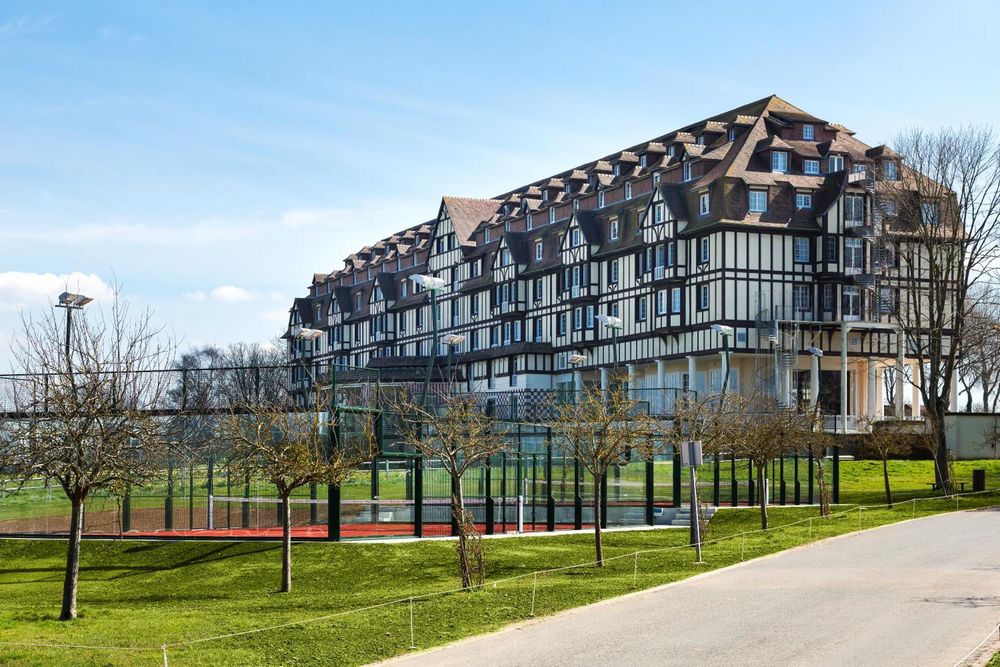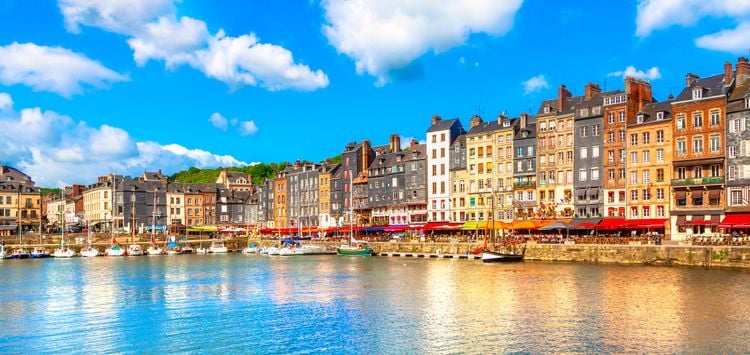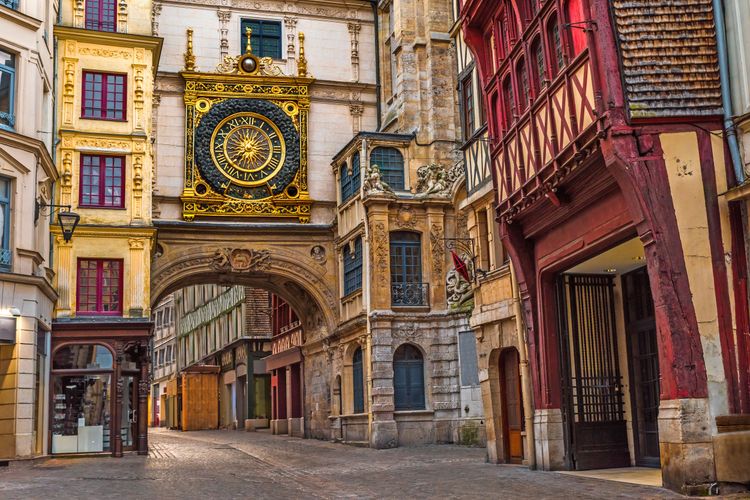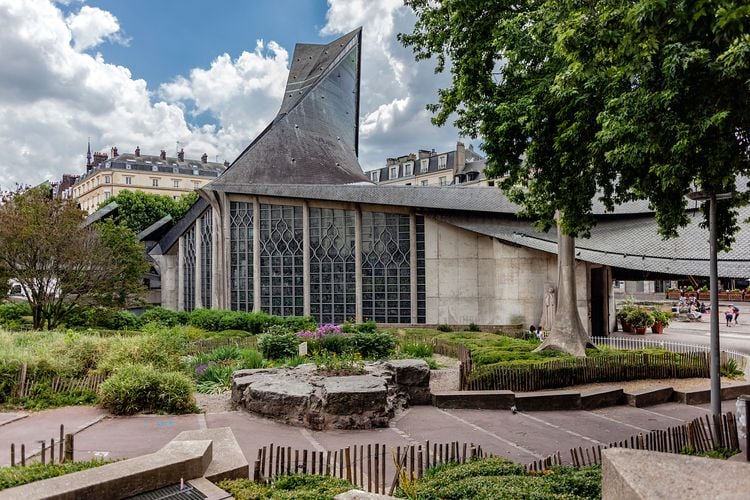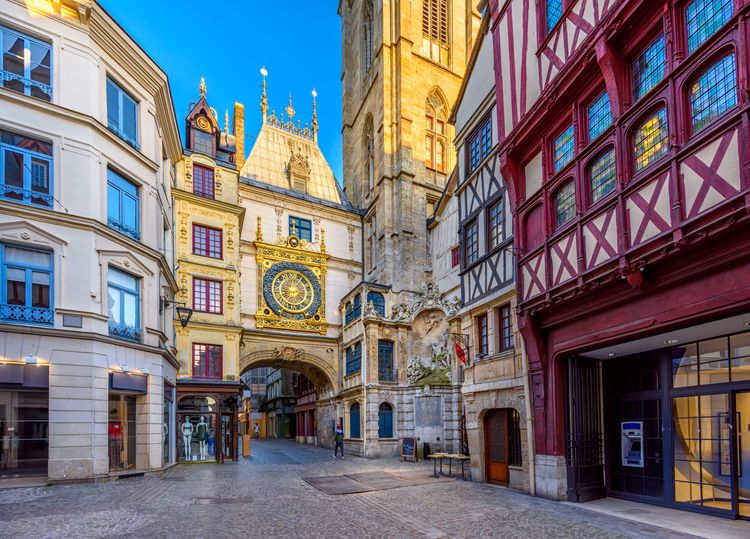Our trip to Normandy began with a stop at the Hôtel de la Mère Poulard in Mont-Saint-Michel. Finally, the visit can begin, and we start by passing through the various gates: the Porte de l'Avancée, the Porte du Boulevard, the Porte du Roi and finally the drawbridge. We then discover the unique Grande Rue, steep and narrow. Overflowing with small shops and souvenir boutiques, this street was already used for this purpose 1,000 years ago. Of course, back then, trinkets weren't made in China. The main street is lined with magnificent granite and half-timbered houses dating back to the 15th century.
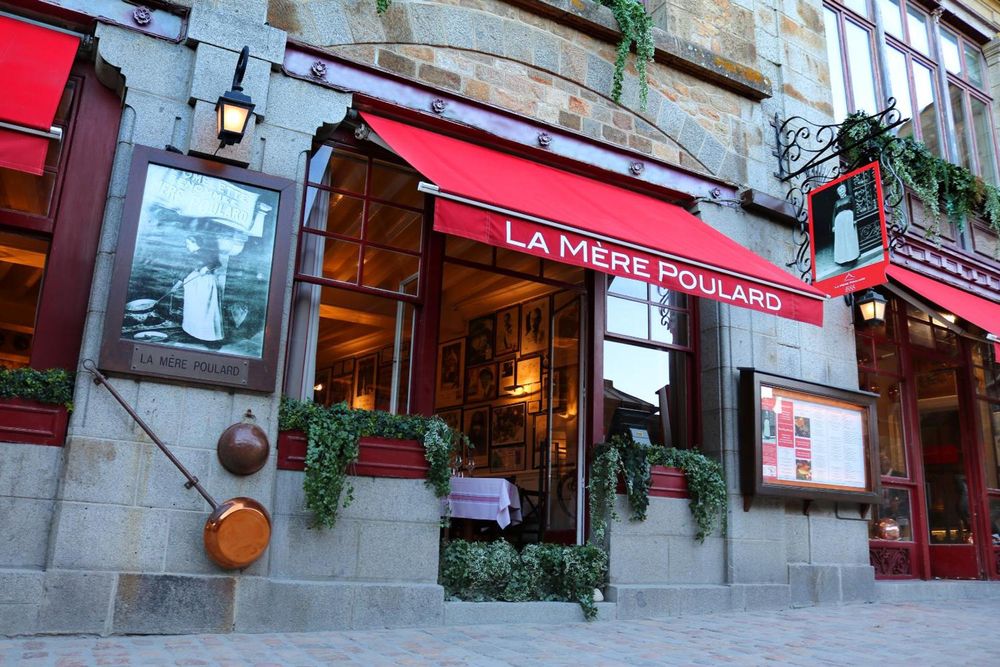 Mont-Saint-Michel
Mont-Saint-Michel
